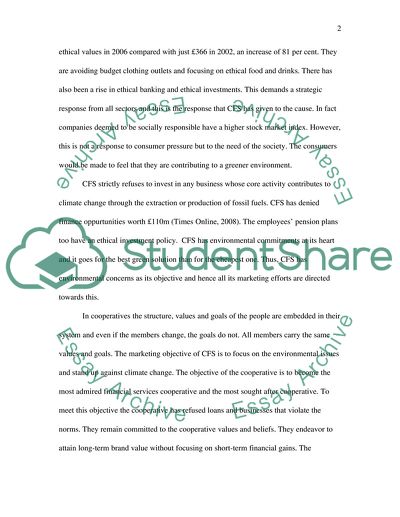Cite this document
(Marketing Communication of Cooperative Financial Services Limited Research Paper - 1, n.d.)
Marketing Communication of Cooperative Financial Services Limited Research Paper - 1. Retrieved from https://studentshare.org/marketing/1724308-marketing-communication
Marketing Communication of Cooperative Financial Services Limited Research Paper - 1. Retrieved from https://studentshare.org/marketing/1724308-marketing-communication
(Marketing Communication of Cooperative Financial Services Limited Research Paper - 1)
Marketing Communication of Cooperative Financial Services Limited Research Paper - 1. https://studentshare.org/marketing/1724308-marketing-communication.
Marketing Communication of Cooperative Financial Services Limited Research Paper - 1. https://studentshare.org/marketing/1724308-marketing-communication.
“Marketing Communication of Cooperative Financial Services Limited Research Paper - 1”, n.d. https://studentshare.org/marketing/1724308-marketing-communication.


